COVID -19 AND THE YOUNG CHILD
These days of quarantine and sanitizing are new and confusing to all of us. They are essential if we want to protect ourselves from a virulent and dangerous viral foe. But the very means we need to use to protect ourselves go against our basic human nature. We are gregarious; we like, want and need to be in close communication with our fellow humans. We need this too for our survival. We conquered the dangers of the savannahs in our early, primitive times by communicating and working together. And our babies and children have inherited this important survival need. They need to interact with others. They need to socialise with people in their extended families and even beyond the family. People learn through interaction and babies and young children are at the very peak of their learning speed. Every day for them is a new lesson and new way to understand their world.
Parents of young children are challenged now from two opposing directions. There now is a need to walk a tightrope between overprotecting against a virus or under-protecting from the virus, in the effort to ensure a balanced, stable and social development of their child.
It can be very tempting to achieve this at a superficial level by allowing your young child extra time watching television or playing child-oriented games on their ipads. This appears to give the human interaction they so need. But it has been shown many times over, that excess screen time negatively affects children’s development. Development of visual perception, as well as thinking processes, needs real-life interaction.
Empathy, love, loyalty all need human interaction to develop. The interaction needs to have reciprocity; it cannot simply be a television or computer program. It is the reciprocity that leads the young child to develop these very important social emotions.
So, how can we as parents of young children, bridge this gap? How can we protect against COVID-19 and ensure that they have every chance to develop into the loving, caring, social person that is their real potential?
Nothing in life worth doing is necessarily easy or straight forward. Some actions have greater impact than others. As parents, we try to find those that have the best overall outcomes. It is a balancing act and it needs constant re-assessing. Here are some ideas to try.
1) Among your friends and extended family, choose a few people to form a small, cohesive parenting group. This group extends your risk of contracting and spreading COVID-19, so needs to be carefully thought through and it cannot be large. A group of 5 children is probably more than enough. If you watch young children in play groups and pre-school, you will notice that they choose small groups by preference. They develop strong bonds and become “best friends” with a small group of the children in the class.
2) It would be best if the people in your group are like-minded when it comes to practices on sanitizing and COVID-19 protection; but also on general thoughts and philosophies on child-rearing. This is because your child will have more interaction with this group than any other during these worrying times before we get “herd-immunity” or a vaccination.
3) To form a sense of a playgroup, it will be important for you parents to communicate frequently over video chats. Become each other’s support group. You can also have a few sessions where the children can chat to each other on a video chat. Although adults can cope well with group video chats, children have not fully developed their social interaction skills (that’s why you need to take all this extra effort and time). So, when you plan a video chat for your child, it must be one-to-one with one of the children he has seen very recently. Keep the video-chat short. It is best if it centres around something they recently did together, or a toy the one wants to show the other. The idea of the video-chats for the children is purely to supplement the real interaction. It cannot be the main interaction.
4) Set up times and places to meet where you can socialise while taking reasonable precautions to avoid COVID-19 transmission and your children can play together. The children do not need to meet every day. Nor do they need to meet everyone in the group each time. You could meet with one child and their parent two or three times in one week. Then, if no-one is showing any symptoms, you could add another child to this little group the next week. Or meet with one or two of the other children from your carefully chosen group.
A year in an adult’s life might seem long when in varying stages of lockdown. A year in the early development of a child is effectively a lifetime. A year in early development can set the scene for success or failure; happiness and a sense of belonging, or a sense of somehow not fully being part of society. Our wonderful little children, the future of our whole world, need us to help them past this COVID-19 threat; not simply in health but in their emotional, social and cognitive development.
READ MORE ABOUT CHILD DEVELOPMENT AND EDUCATION
Sharon has also written a book to help parents teach their children to read. This is so important, especially during this time of COVID and interrupted education. CLICK HERE TO SEE MORE ABOUT IT
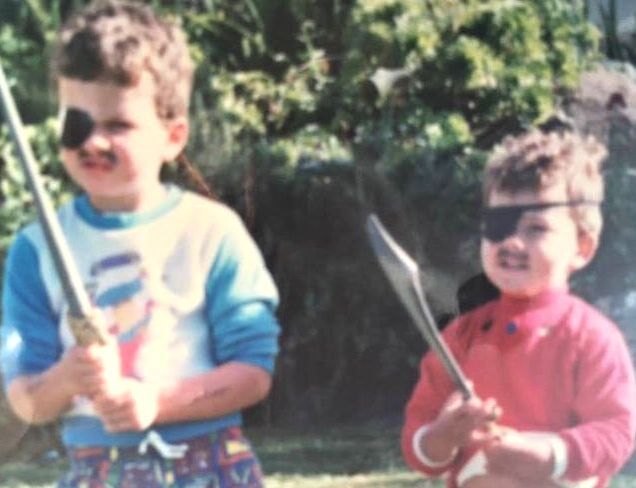
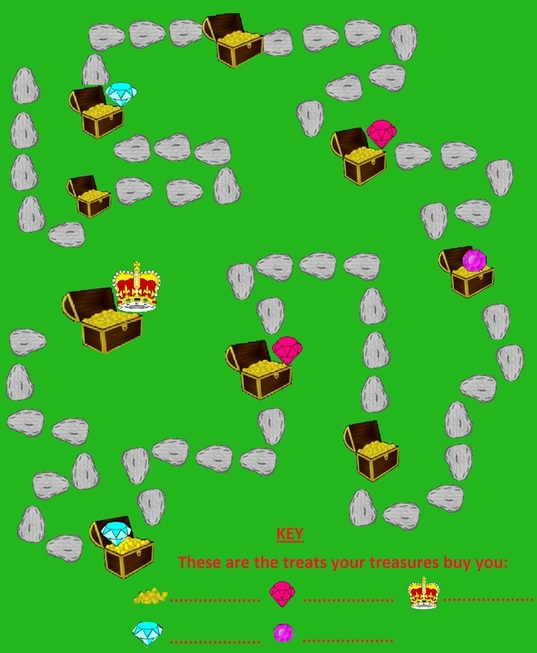
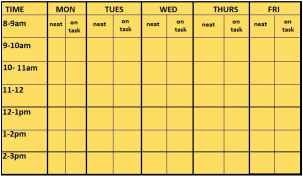
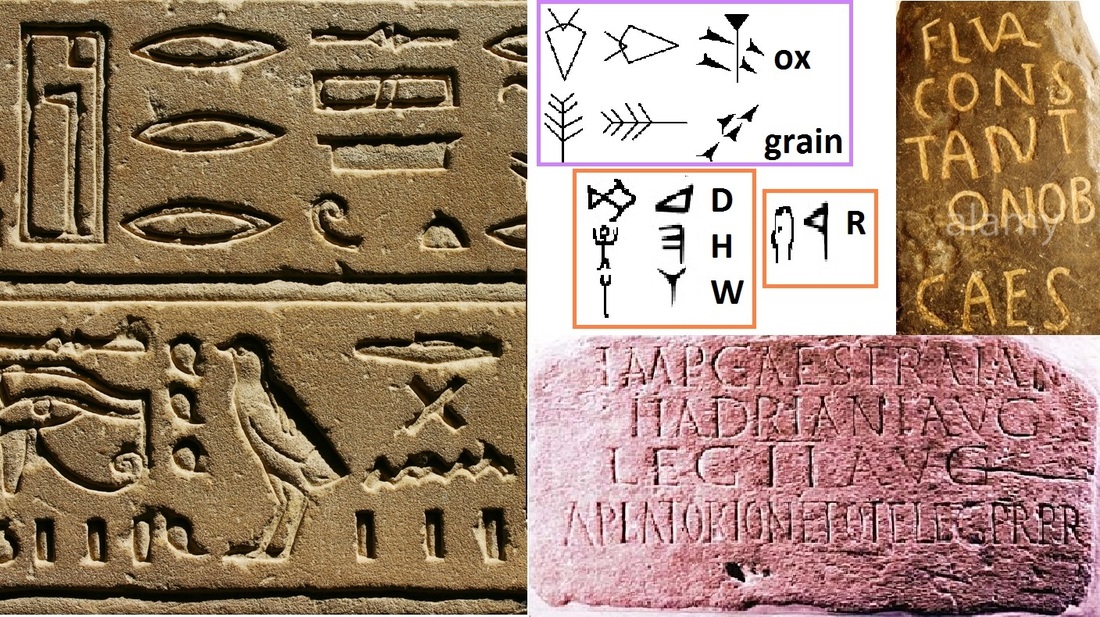
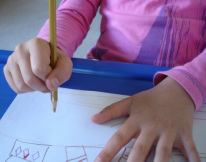
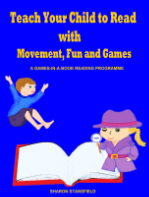
 RSS Feed
RSS Feed
